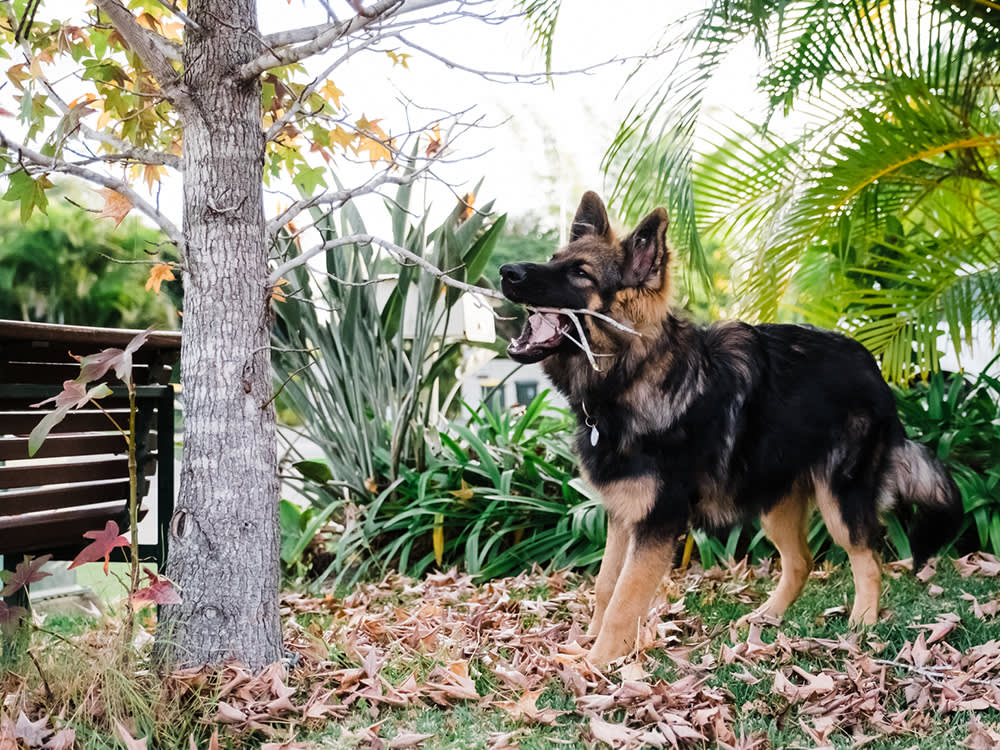When Is a Dog’s Teenage Phase?
Did you know that dogs go through puberty, too?
Did you know that dogs go through puberty, too?
by Kelly Villa, | July 31, 2024

Julia Zavalishina / Shutterstock
Think the “puppy blues” are tough? Many pet parents feel like the dog adolescent phase — when dogs are between six to eight months and around 18 months to two years — is even harder to manage. This “teenage” phase catches many pet parents by surprise, but don’t worry: there’s plenty you can do to prepare for the changes in store.
Just like humans going through puberty, adolescent dogs’ experiences may vary. During this time, your dog is experiencing hormonal changes. Some changes you may notice in your adolescent dog include:
Independence. Adolescent dogs may start to explore more and care less about being near you. This doesn’t mean they don’t love you anymore, just that they’re growing up! Dogs in this stage tend to have more energy and motivation to explore, play, and interact with new humans and other animals.
Being less responsive to cues. Some adolescent dogs experience regression in their training, whether that’s seemingly forgetting cues they used to respond to or outright ignoring you (especially if you’re asking them to stop doing something or calming down). This can be a result of your dog’s inability to control their impulses.
Increased fearfulness. You may notice your adolescent dog starts to become more skittish or nervous around people or in response to stimuli that never used to bother them.

What to expect when your perfect puppy hits that unruly stage.
The key to managing behavioral changes in your teenage dog is to remember that the changes are almost certainly temporary. They are not ignoring you or running away from you to hurt you but because they’re increasingly aware of and curious about the world around them. Adolescent dogs benefit from their pet parents staying calm in the face of increased fearfulness and patient in the face of poor responsiveness.
Don’t give up on their training, either. In fact, keeping your dog stimulated through training, exercise, and/or other mental stimulation (like puzzle toys) can help distract your dog from their troublemaking and tire them out — plus, it’s great for their development.

Kelly Villa is a freelance writer and contributor to various pet publications.

Behavior & Training

Adoption Advice

Behavior & Training

Adoption Advice
Adopting a new puppy? We've created a checklist to help you get organized before bringing your new friend home.

Adoption Advice
Considering dog adoption? Learn the differences between adult dog and puppy adoption to find your perfect match.

Adoption Advice